Mirrors are a part of everyday life and go unnoticed by many people. Mirrors are placed anywhere, from basins to checking ourselves out before leaving home, using them to open up space in a room, or just appreciating the aesthetic appeal of your mirror frame. This leaves the question: How well do you know these reflective surfaces?
Today, we will learn some fantastic things about bathroom mirrors and delve into the facts that might surprise you. Used both practically and symbolically, mirrors have been a vital part of our everyday history right from the past until now. Let's dive in!
A Brief History of Mirrors
The Origins of Mirrors
Mirrors have been used for millennia, and the first estimates come from ancient civilizations. Early mirrors are believed to have been composed of polished stone such as obsidian, naturally occurring volcanic glass. While primitive compared to modern mirrors, these early models were adequate for their purpose.
Mirrors were well known in Anatolia by the 6th millennium BCE, of polished obsidian; for you already find a lot about copper metallurgy");//Byculla Aldy These mirrors reflected a lot more clearly than stone, but they weren't perfect. The idea of glass mirrors we know today is only a recent development.
Glass Mirrors Are Invented
The first glass mirrors were invented in the 1st century CE by Romans, who coated blown vessel glass with molten lead and bronze. However, these mirrors were few in number and highly-priced.
Mirror art was mainstream in the 14th century in Venice specifically on the island of Murano. Some of the finest mirrors ever made were products of Venetian glassmakers, combining some process for production called silvering, which was a process to coat and ingot solid mercury on mirror backs. Such mirrors were expensive and only owned by the rich.
Advances in technology by the 17th century saw mirrors enter mass production, lowering the price and allowing everyday citizens to purchase them. The process laid out during this time is the basis of the mirrors we use today.
The Science Behind Mirrors
How Mirrors Work
A mirror is just a surface that reflects light—pretty straightforward. When light meets a mirror, it is reflected at the same angle as before, thus mirroring an image. The simplest type, the plane mirror, reflects light in such a manner that it is known exactly who appears in front of hundreds of other surrounding objects.
Mirrors are created by putting a thin layer of metal (usually aluminum or silver) on the back side of some glass. This metallic coating results in reflectivity, which needs to be protected from external harm by the glass.
Mirrors can change our daily lives. The bathroom mirror, the one we most probably use, gives our reflection a reality, showing us what is real, i.e., brushing our teeth, shaving, and putting on makeup. Mirrors, however practical, allow for a lot of creativity in housing design as well.
Mirrors reflect light, making the room feel larger and brighter and giving you a sensation of depth. A strategically placed bathroom mirror can make the space look larger and cozier in smaller bathrooms. For a tasteful and practical mirror to bring your bathroom up to date, look no further.

Fun Facts About Mirrors
Mirrors and Superstitions
Mirrors have, time and again, had innumerable superstitions attached to them. One of the most well-known is that breaking a mirror brings seven years of bad luck. This superstition came from ancient times (mirrors were believed to be reflections of the soul). The soul would be harmed, and bad luck would come his way if the mirror were accidentally safe.
There are a few more kinds of superstitions, like putting a blanket on the god when someone dead has passed or covering mirrors at one's house where someone dies. In certain cultures, it is believed that the soul of a dead person can get trapped in mirrors and [hence] cause ghosts.
Mirrors in Popular Culture
Mirrors have also had prominent roles in literature, film, and folklore. From the echoes of the mirror in "Snow White" to how this diabolical device is used in modern horror, mirrors are usually associated with self-reflection and truth but occasionally with a portal into an alternative world.
All mirrors have the potential to offer us a view of the world described in Lewis Carroll's "Alice Through the Looking Glass." This sense of mirrors as enchanting, otherworldly things dates back centuries.
Mirrors in Space
And you thought mirrors were only good for helping astronauts see if their hair looked okay in fractions of gravity?! The Hubble Space Telescope has a wide, curved bit of glass that acts as an eye to help capture light from faraway stars and galaxies. It's an essential mirror for the telescope to focus clearly and highly on parts of the universe.
Telescopes are good examples of how our ability to look further into space depends on the precision and quality of mirrors used. They give the scientists a way to look — billions of light-years into space, confirming that this helps them understand other moments.
Mirrors in Modern Design
Decorative Mirrors
You see, mirrors are not just functional items for your home. There are thousands of ways a mirror can look and different types that go with all sorts of decoration styles; this versatility is what often makes decorative mirrors such brilliant additions to the house. Whether you like to keep it simple or go a little more grand, there is most certainly an appropriate mirror for your decor out in the world.
Mirrors can become the center of attention and add charm to a room. They can also be used strategically to reflect great views, artwork, or just light raining down to illuminate pieces of your room.
Smart Mirrors
Even mirrors are getting a digital age upgrade. Many smart mirrors on the market have lighting, touch screens, and voice activation. Not only that, but It can also show you the weather and news. It works as a virtual assistant while you wake up and prepare to go out of bed.
To those who desire to implement technology in their homes, a smart bathroom mirror could completely overhaul the existing technologies at a low cost.
Takeaway
Mirrors Mirrors are so much more than a piece of glass that can make us go; yes, I am looking pretty good. Born of such a deep tradition, mirrors are rooted in our psyches and have followed us through the ages as they've been used for everything from technology to design. From starting your day at the bathroom mirror to catching a glimpse of yourself as you walk by and seeing reflections in assorted pretty frames, mirrors have value beyond getting ready for work.


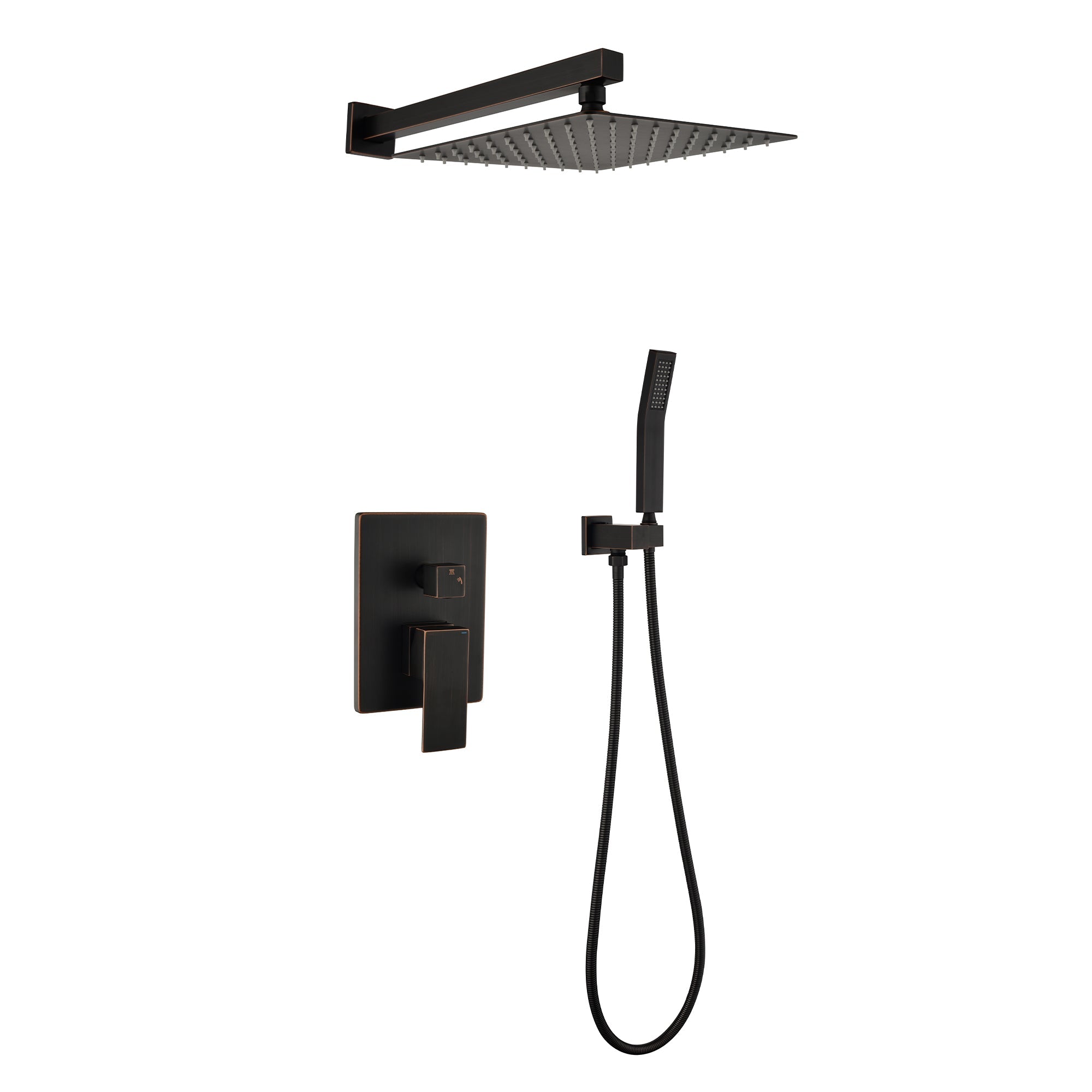



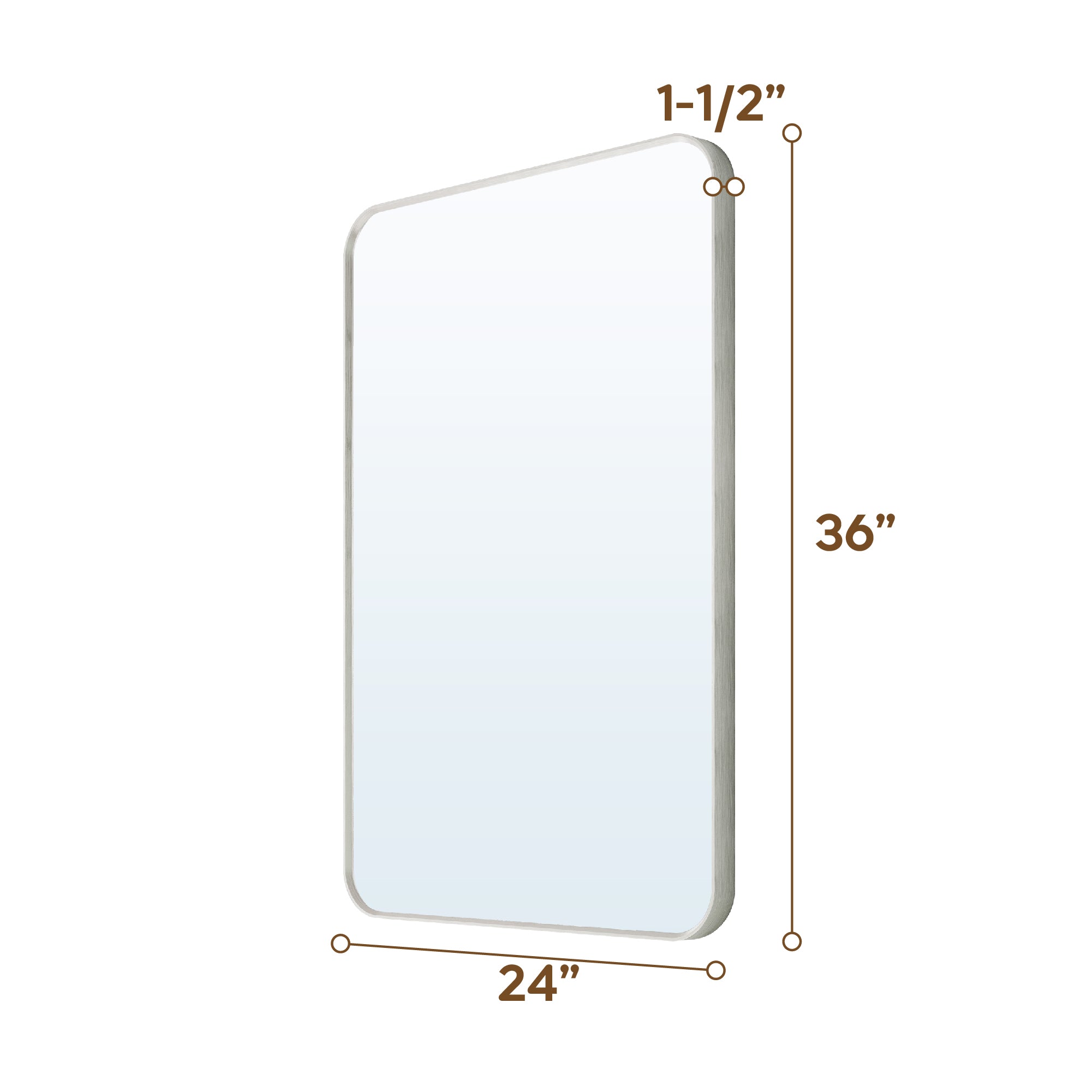
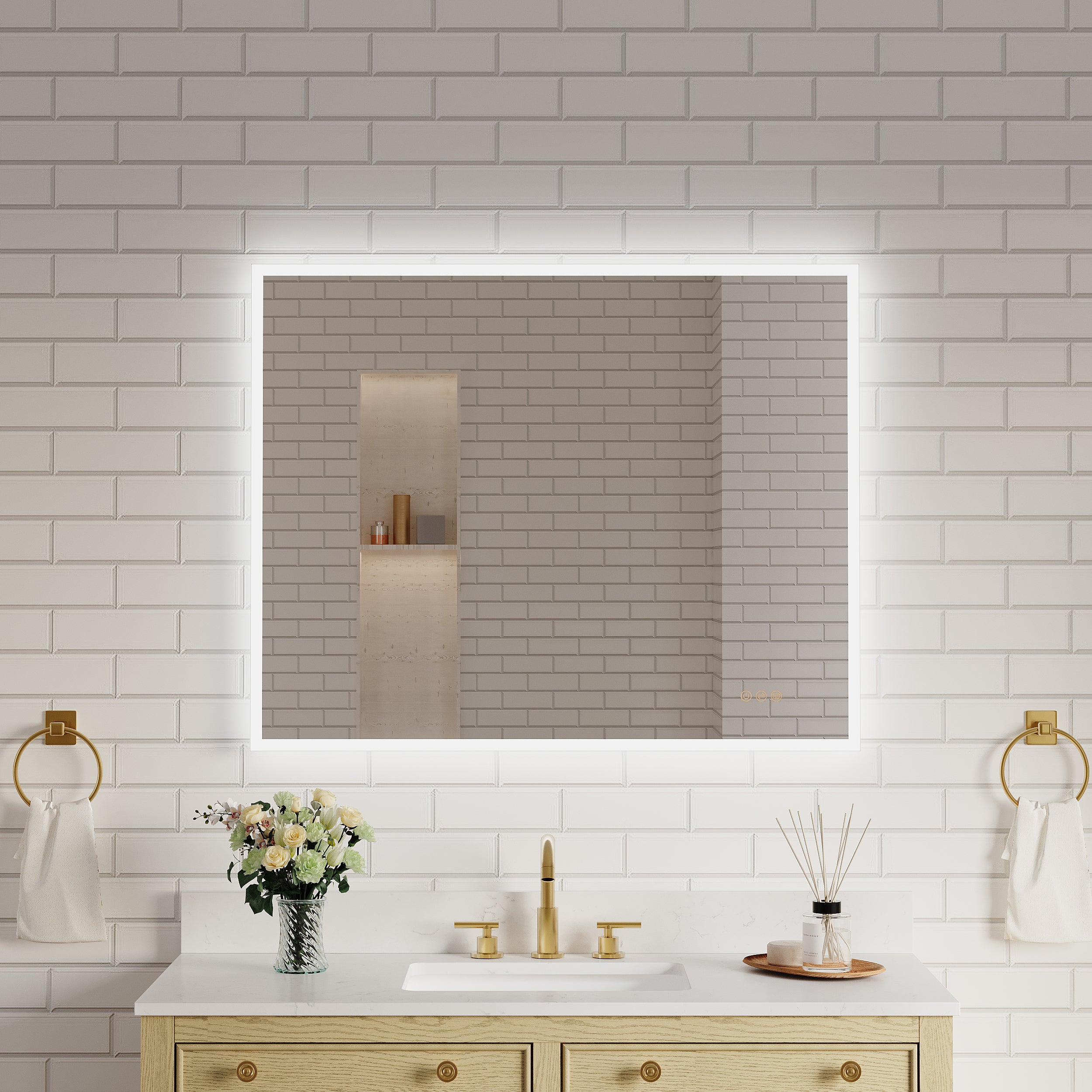
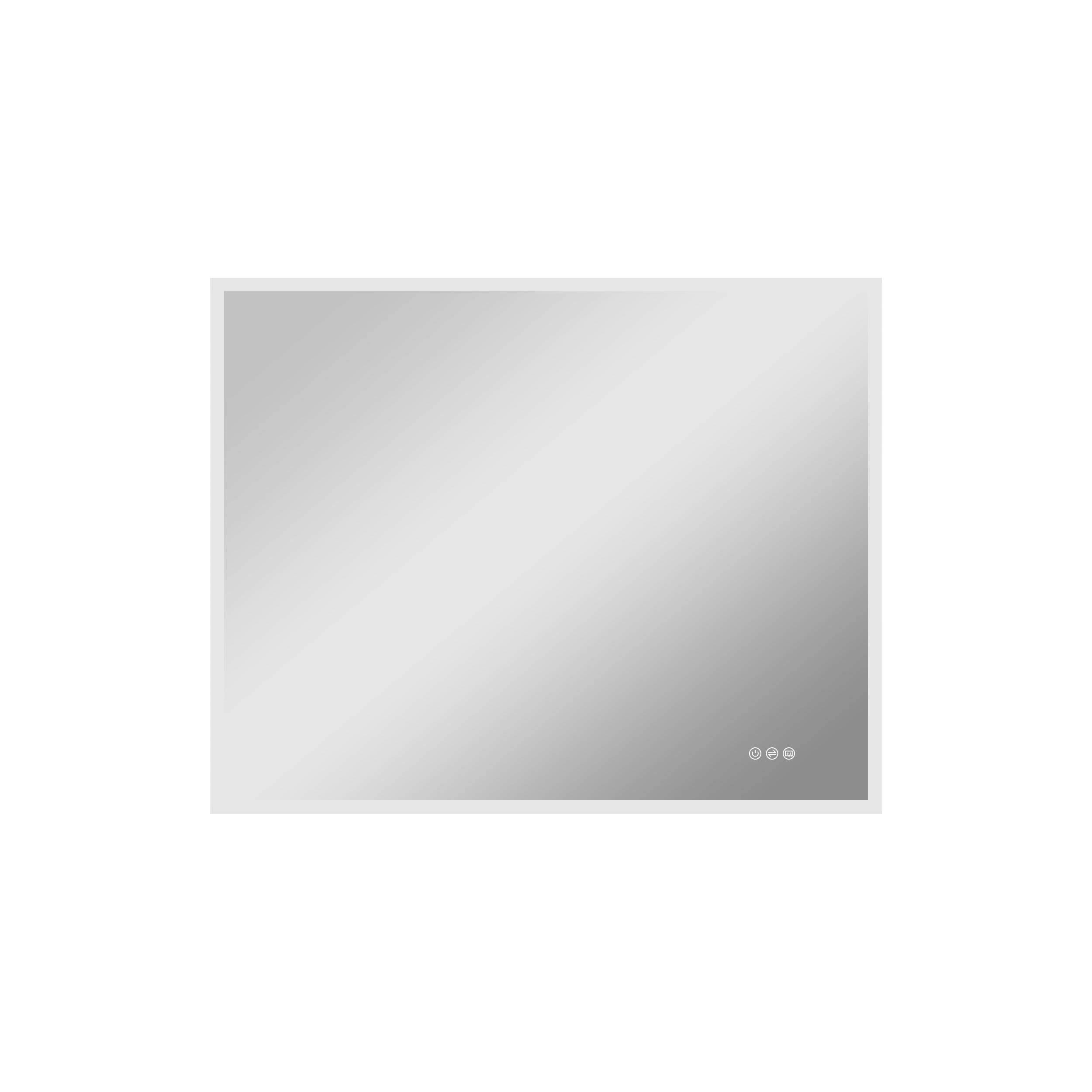
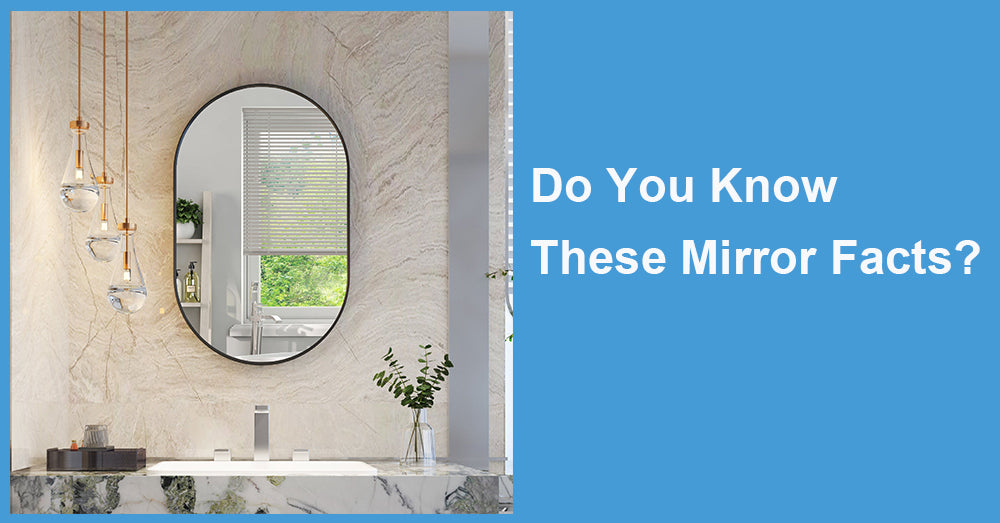
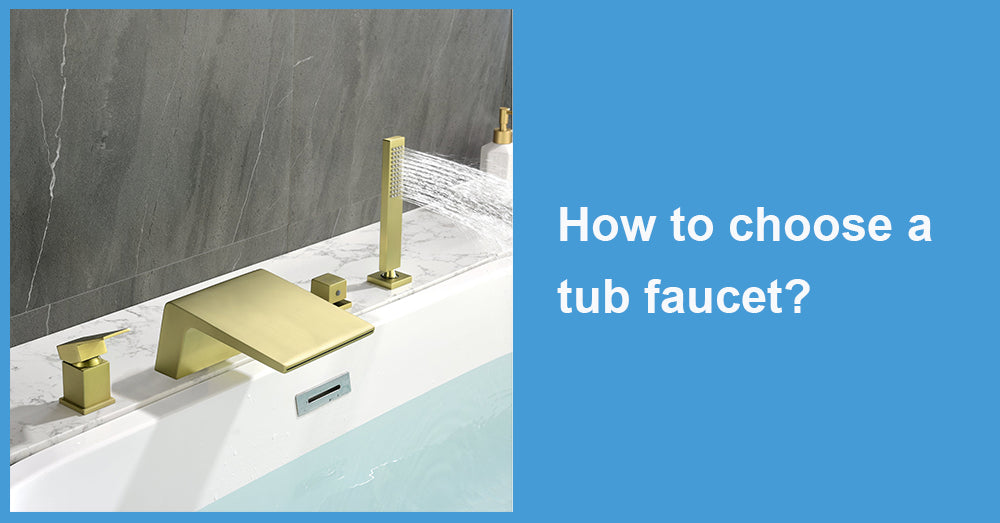
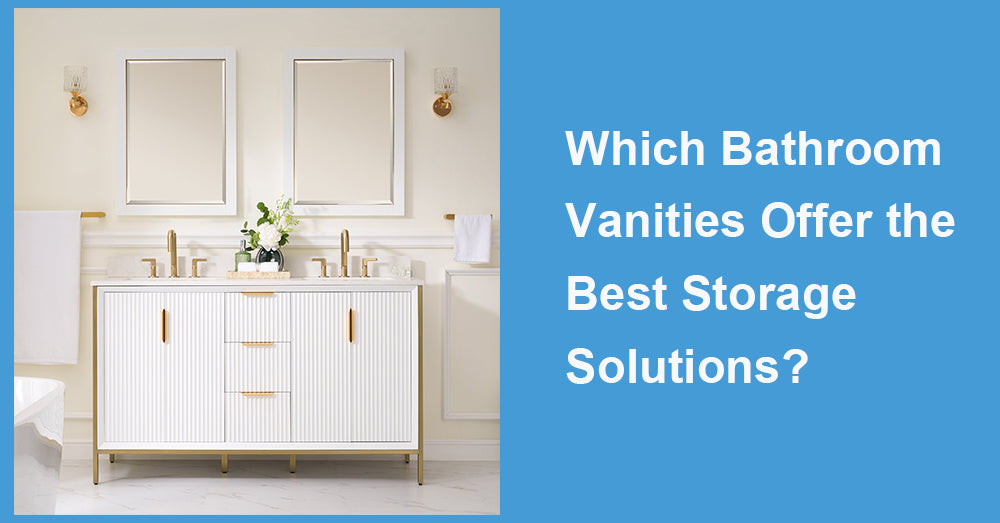

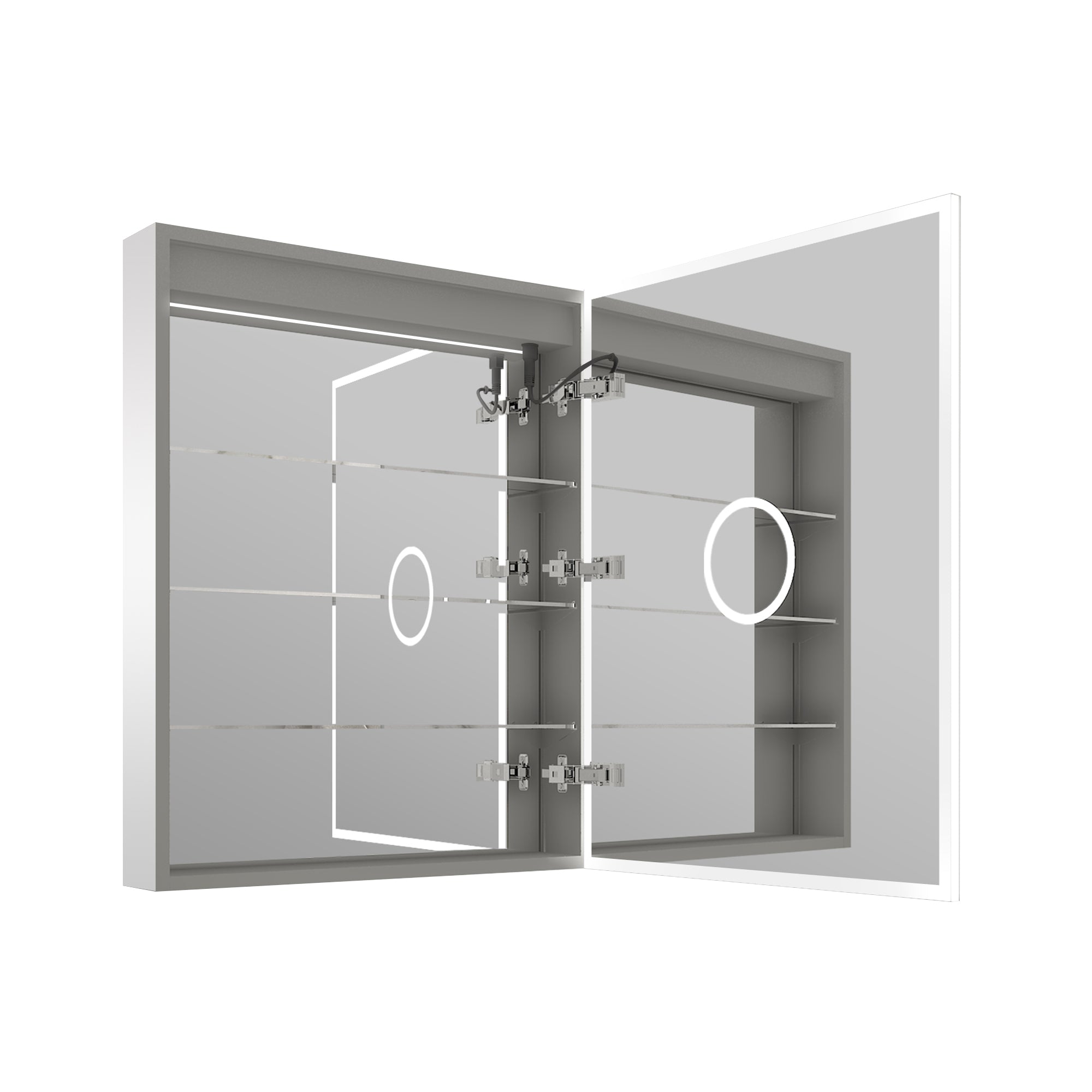
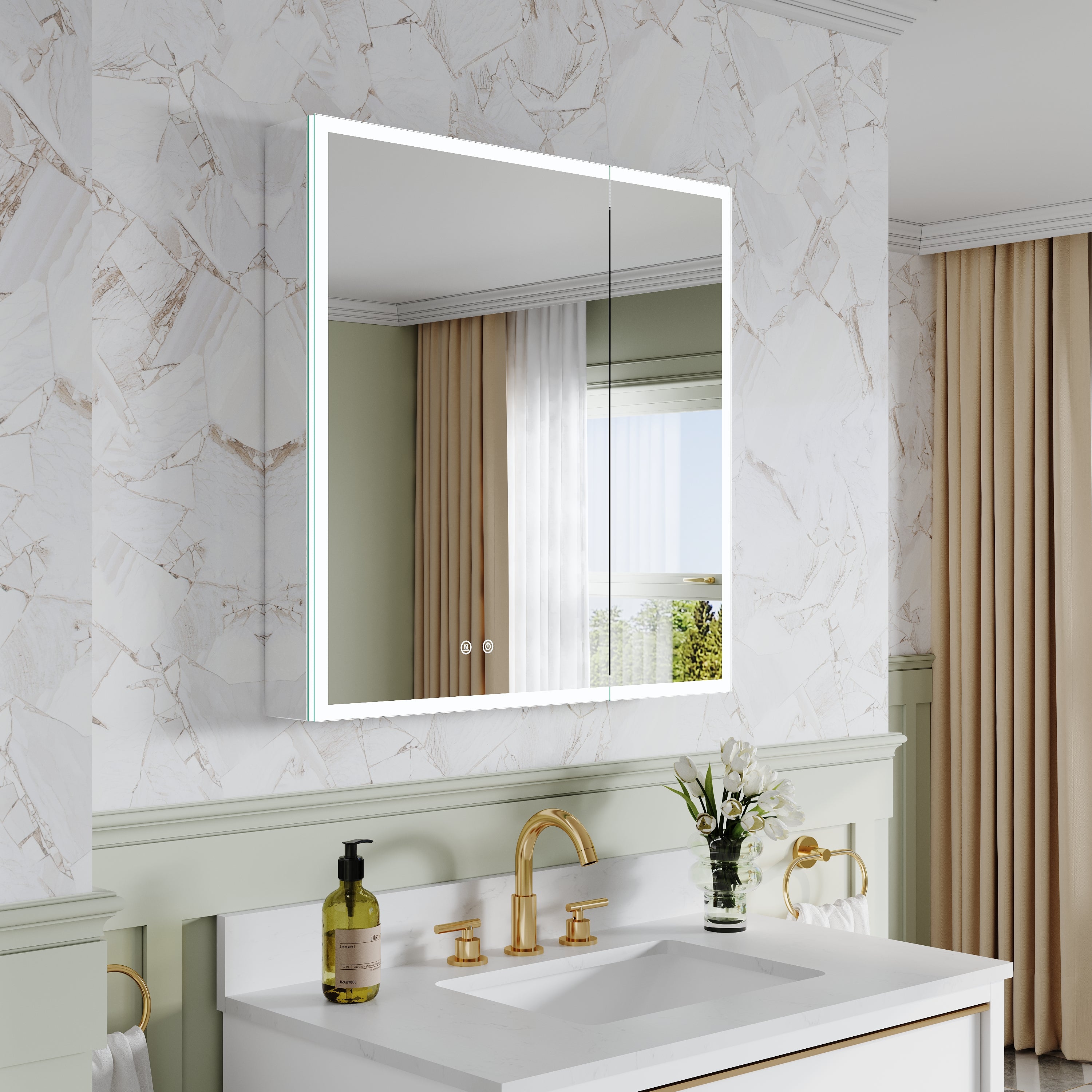



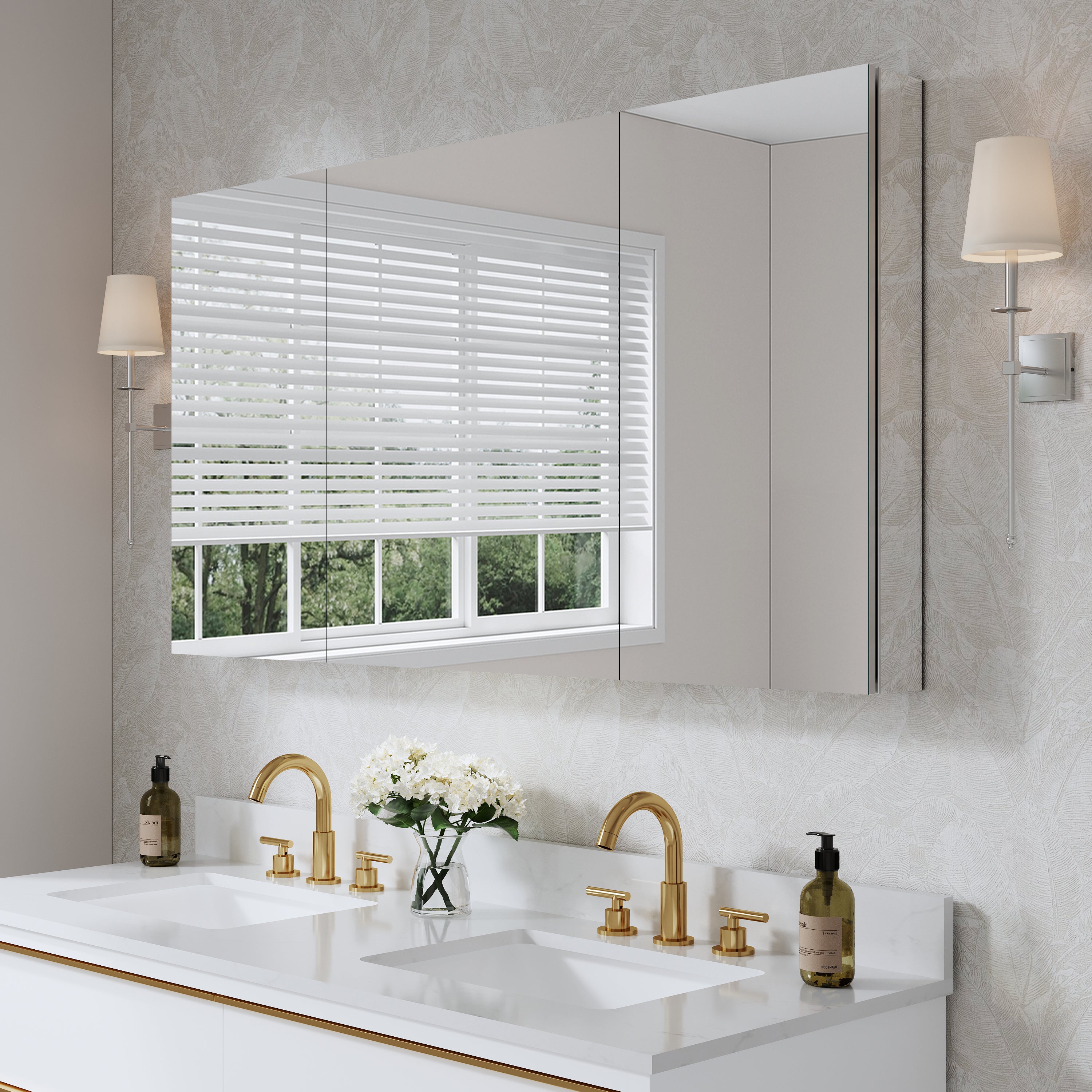



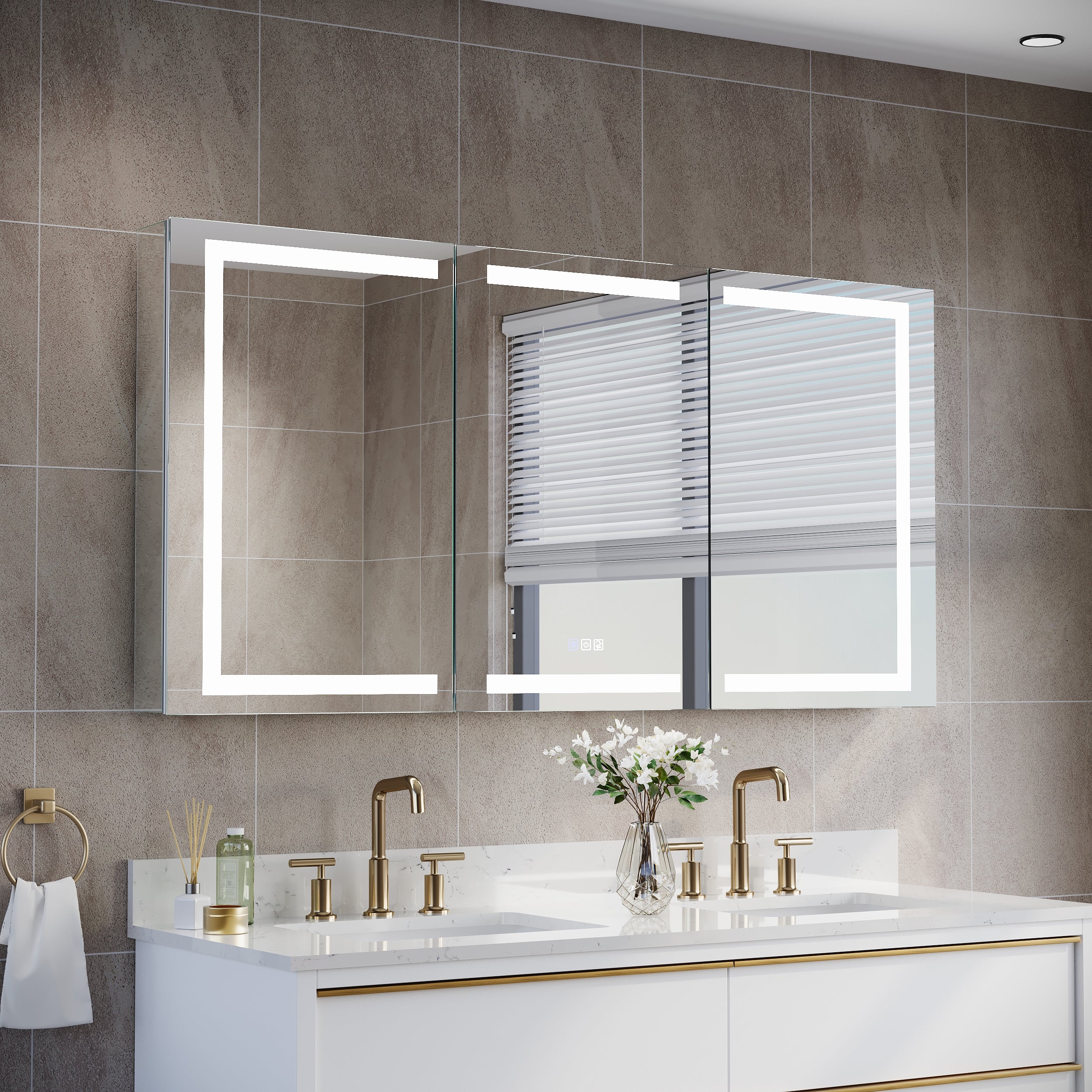



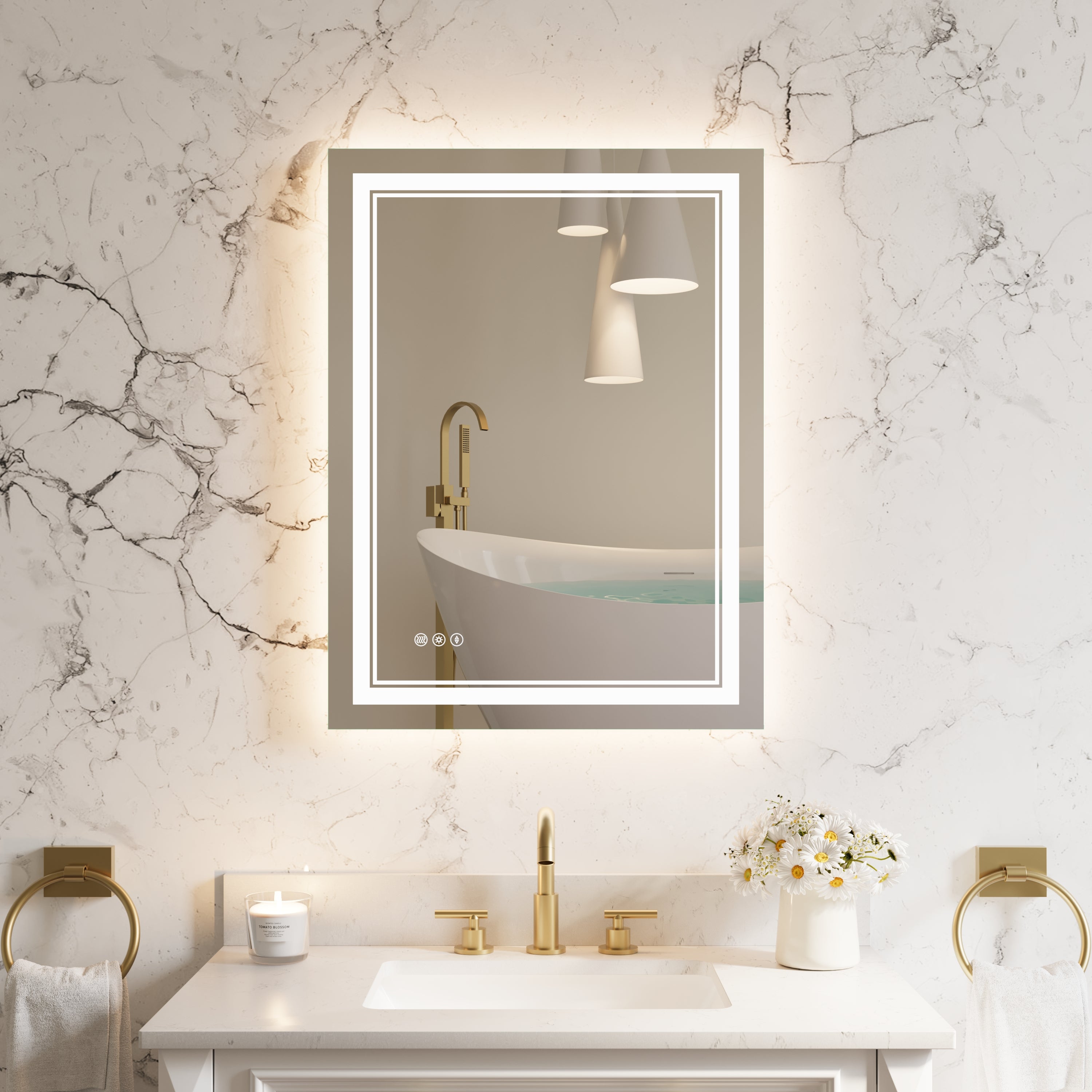








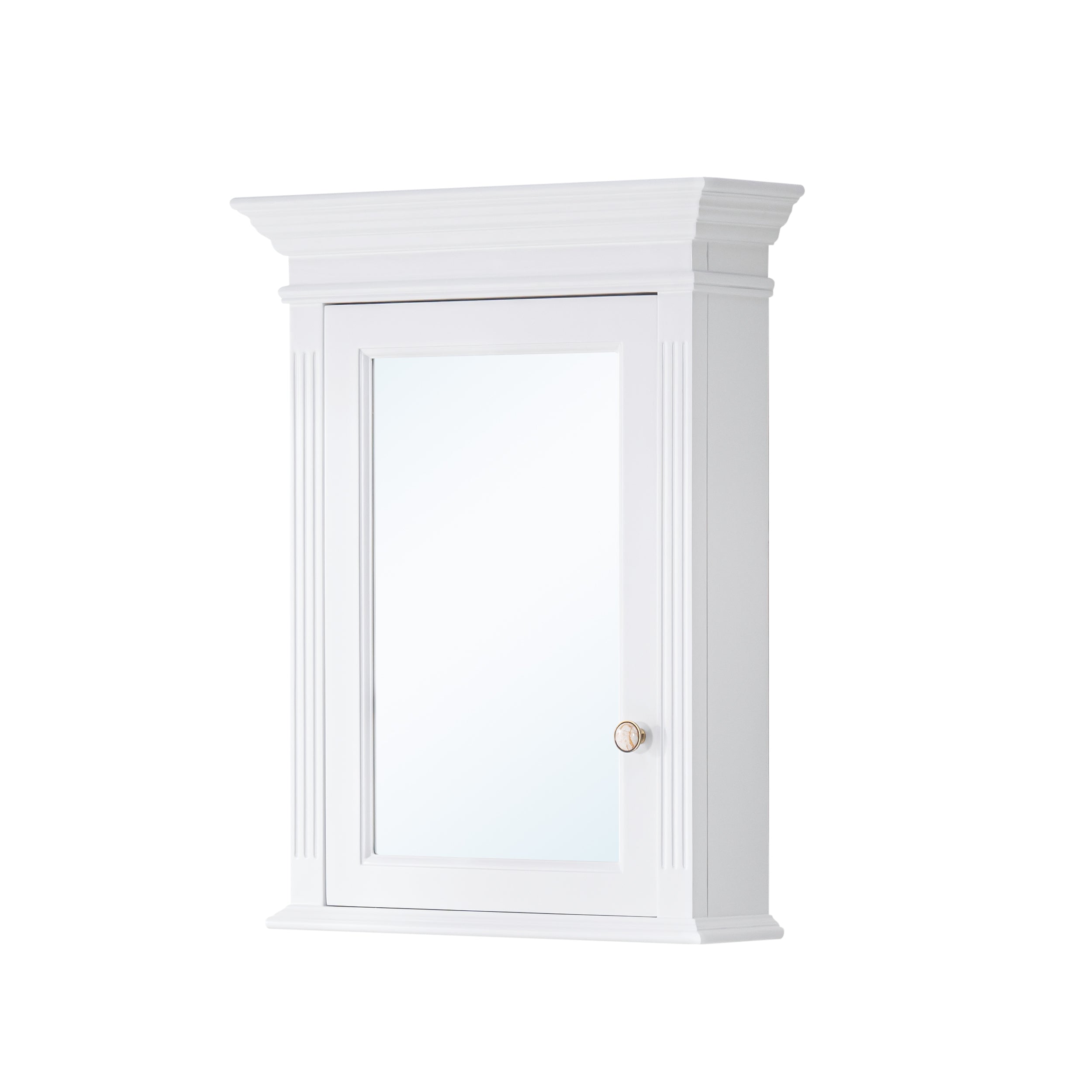
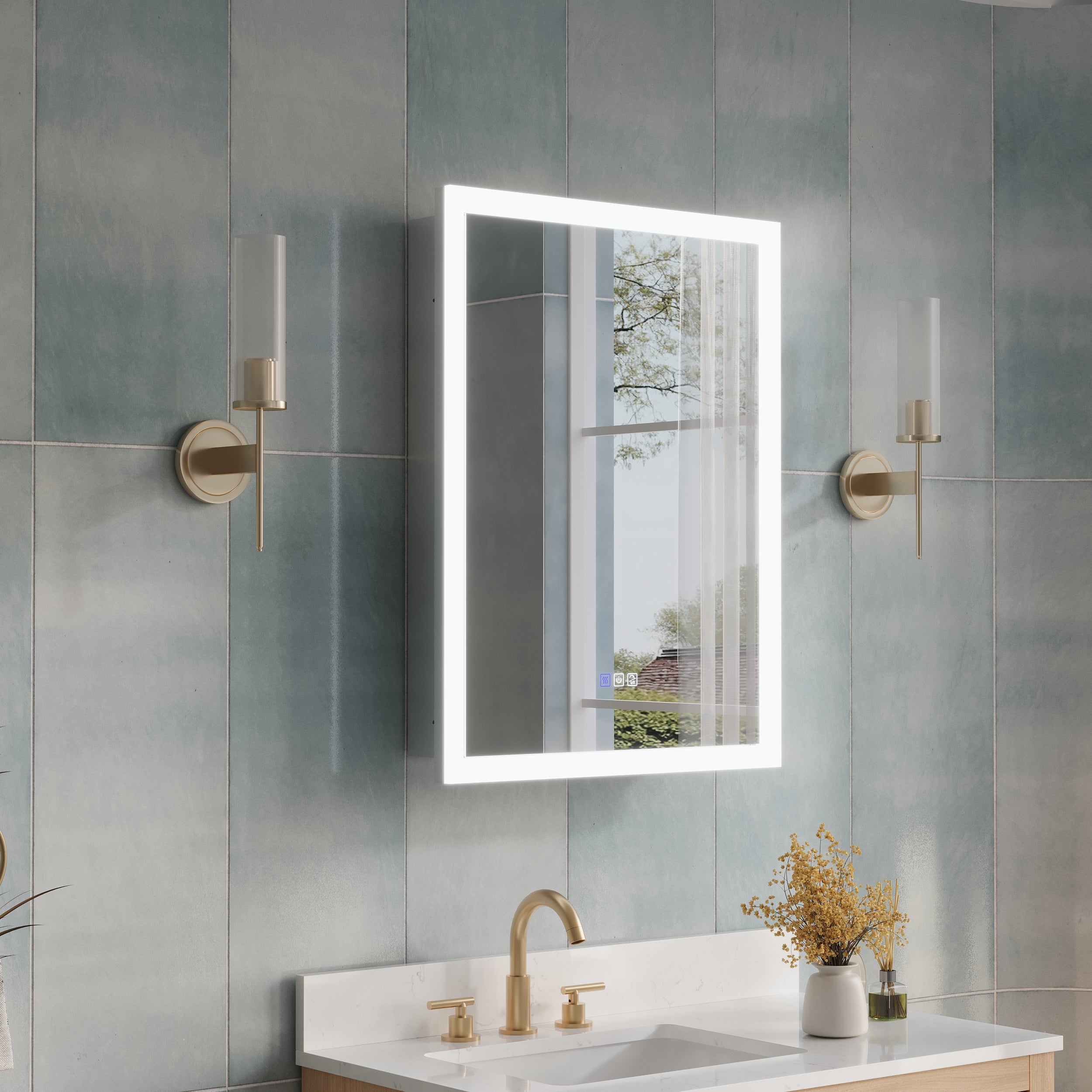

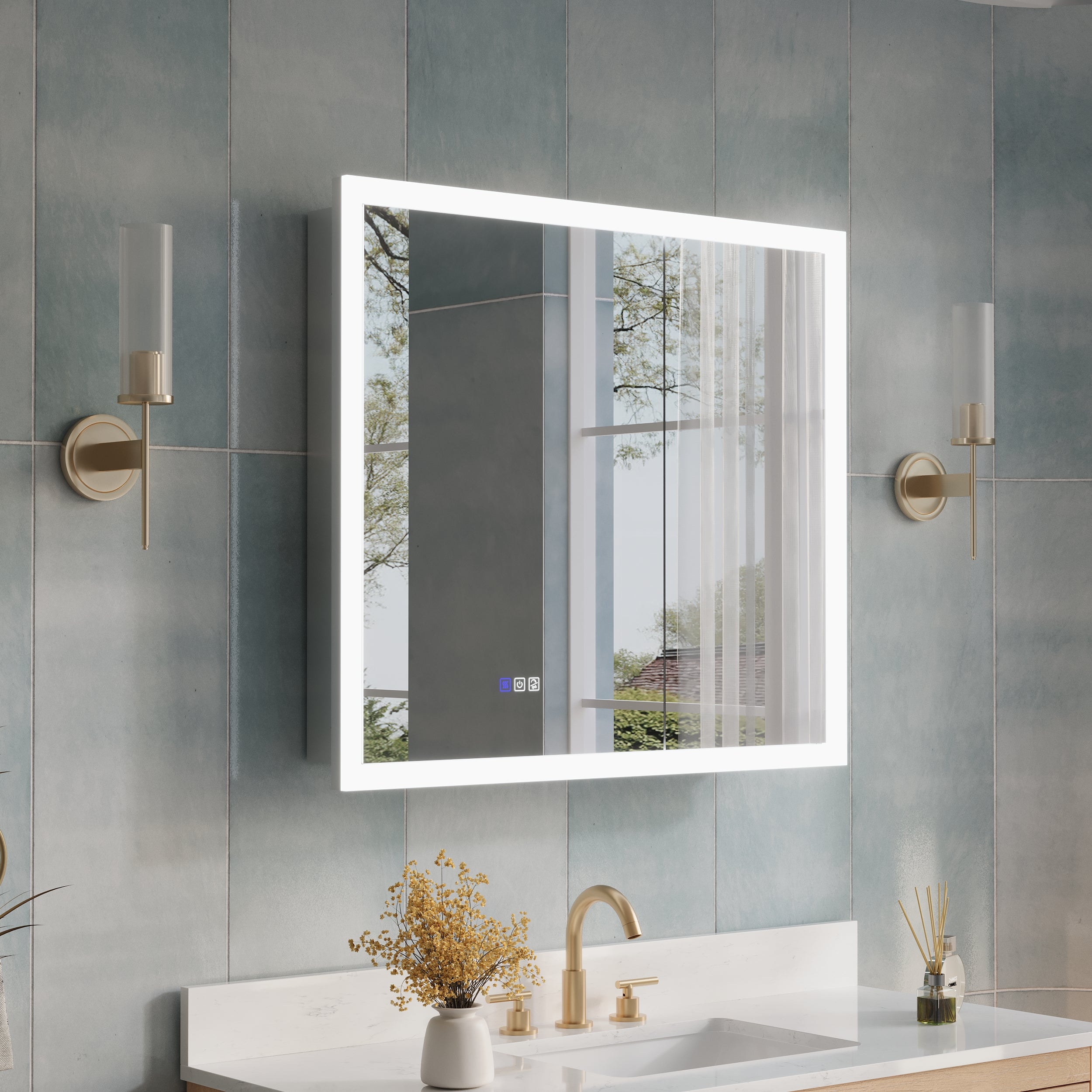



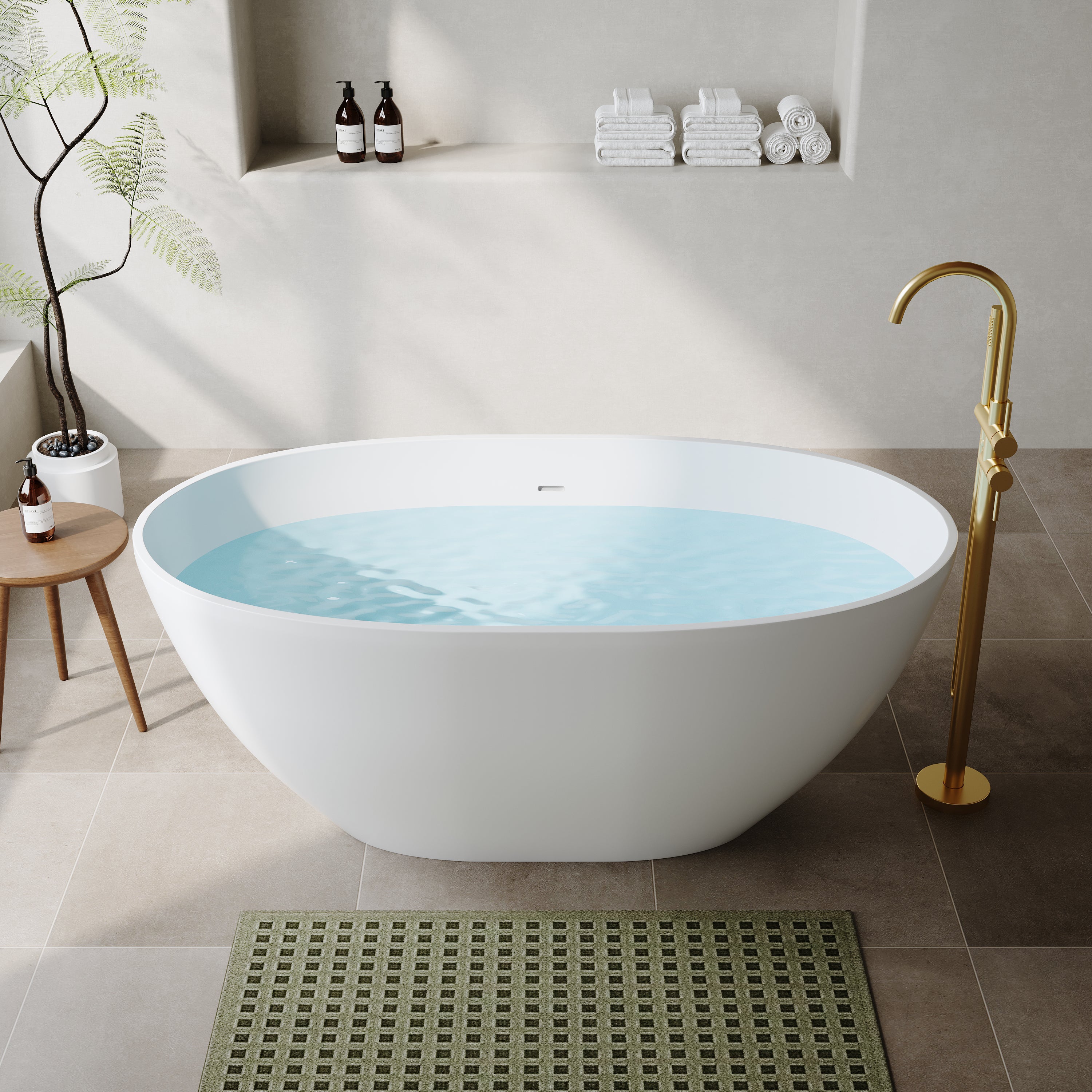


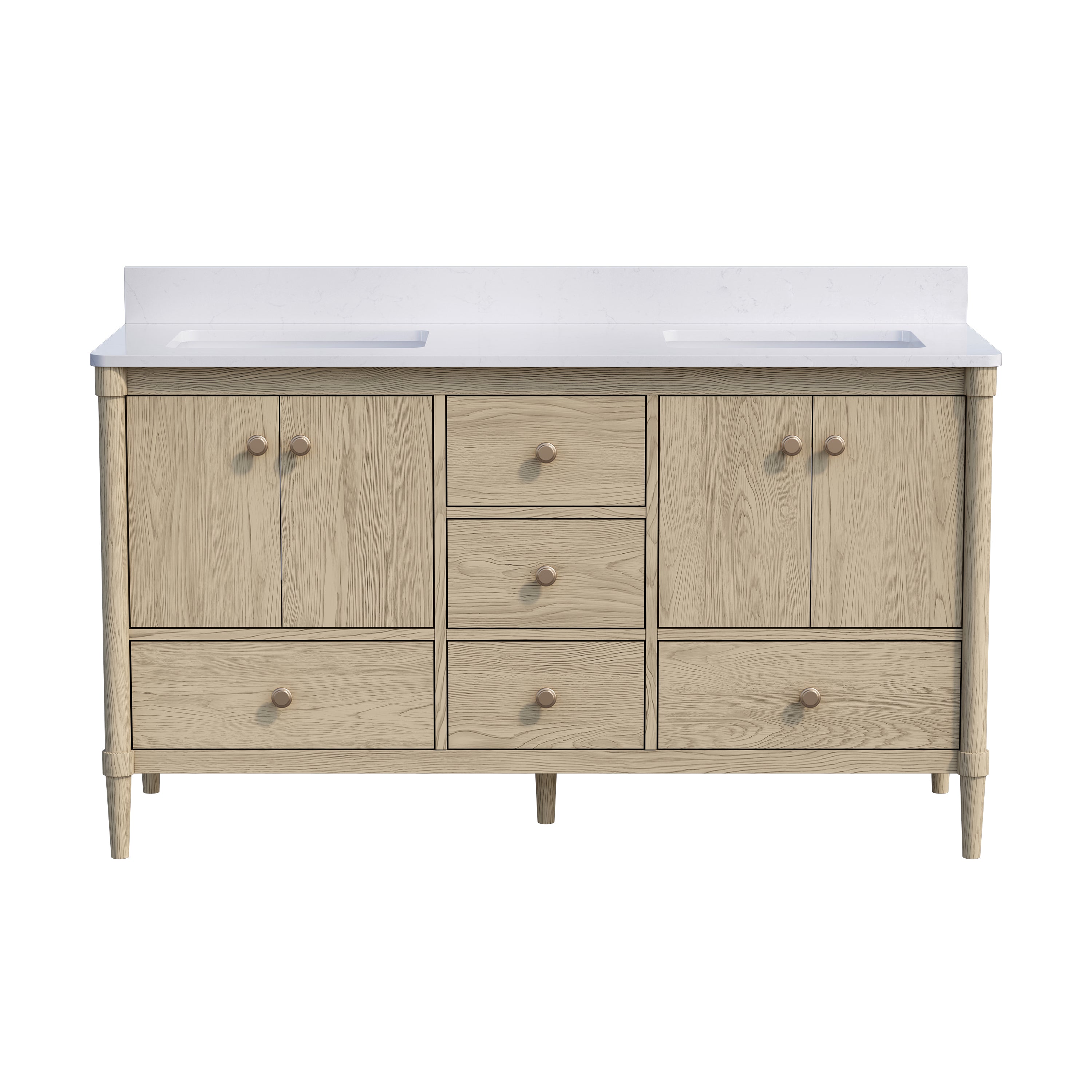
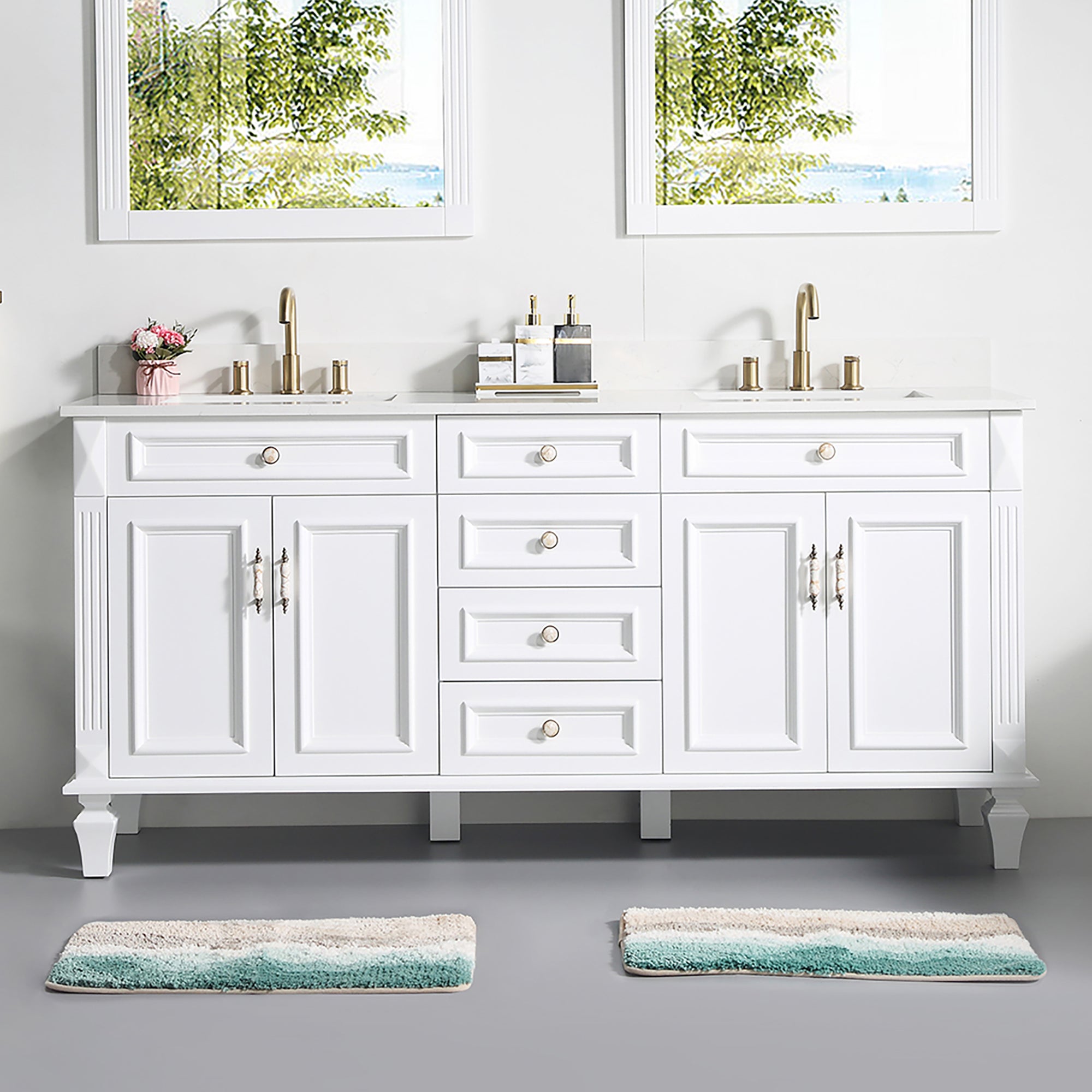
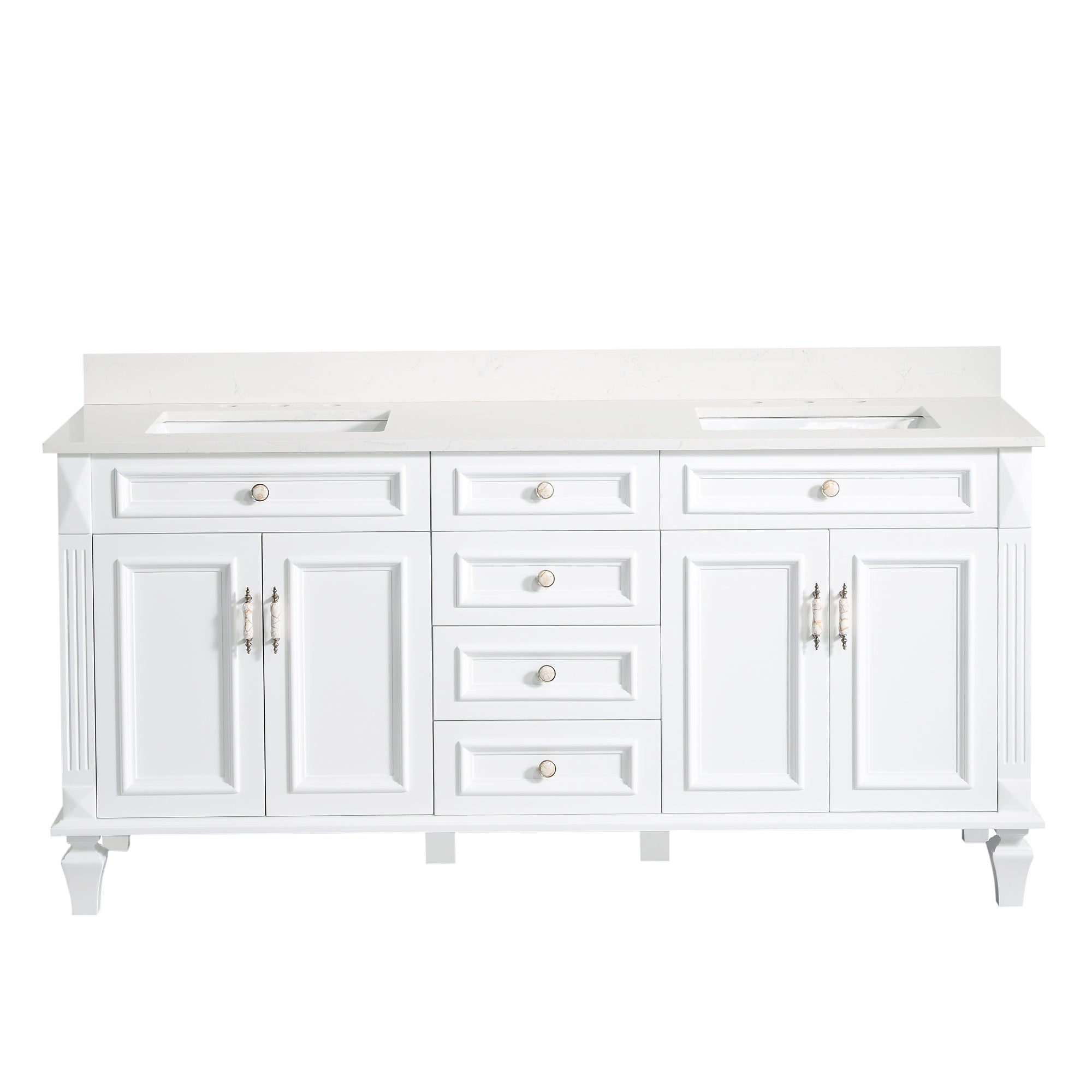
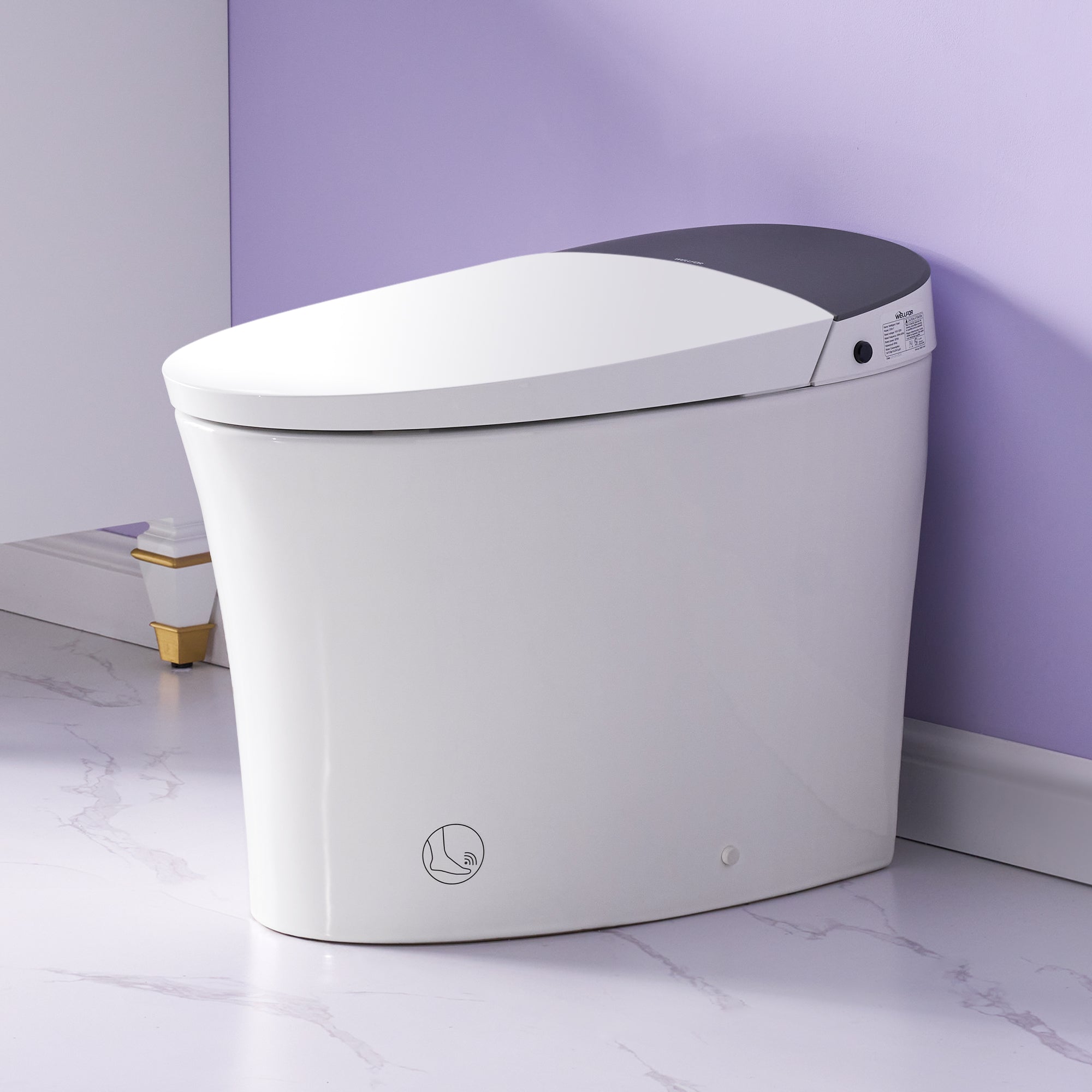
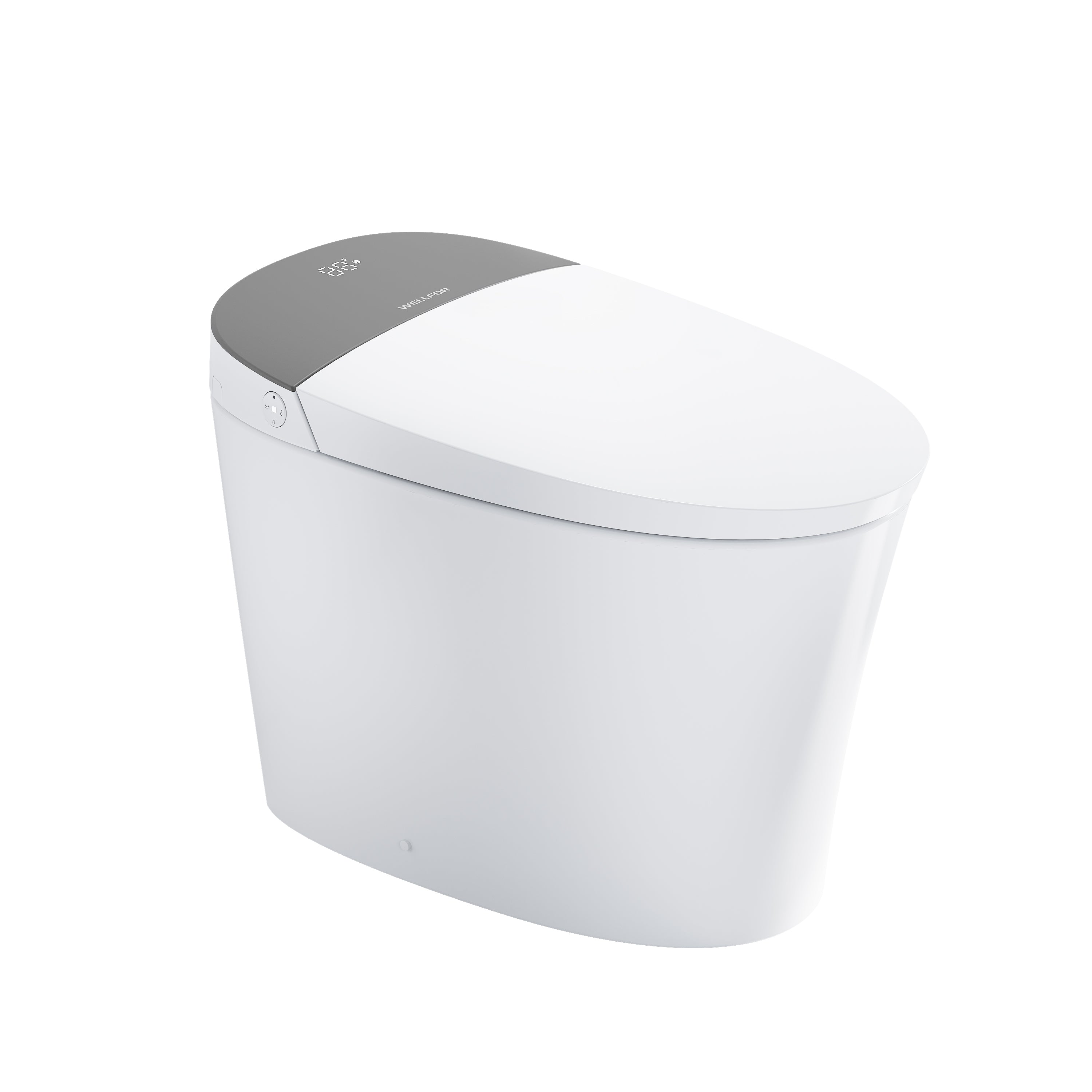

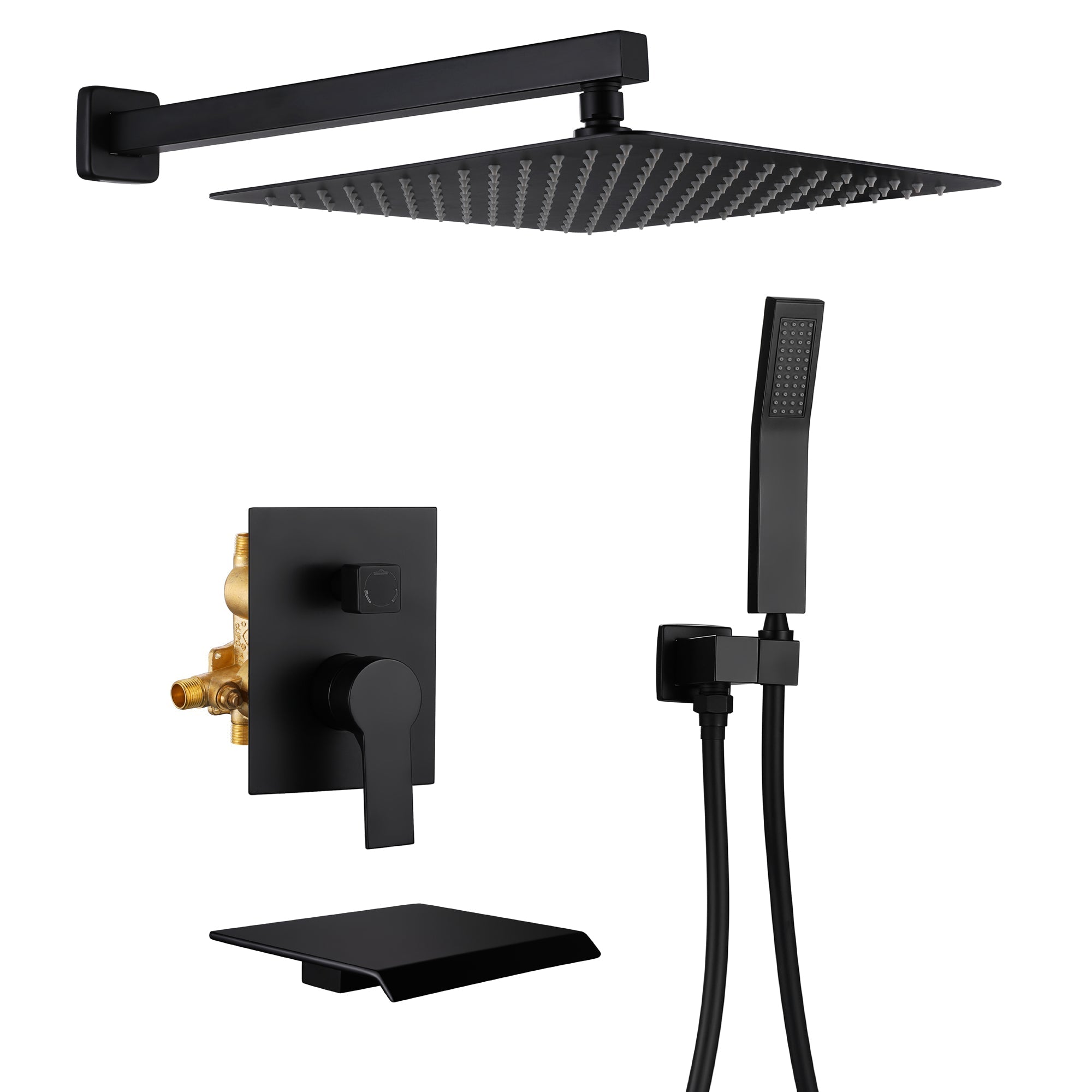
Leave a comment
This site is protected by hCaptcha and the hCaptcha Privacy Policy and Terms of Service apply.